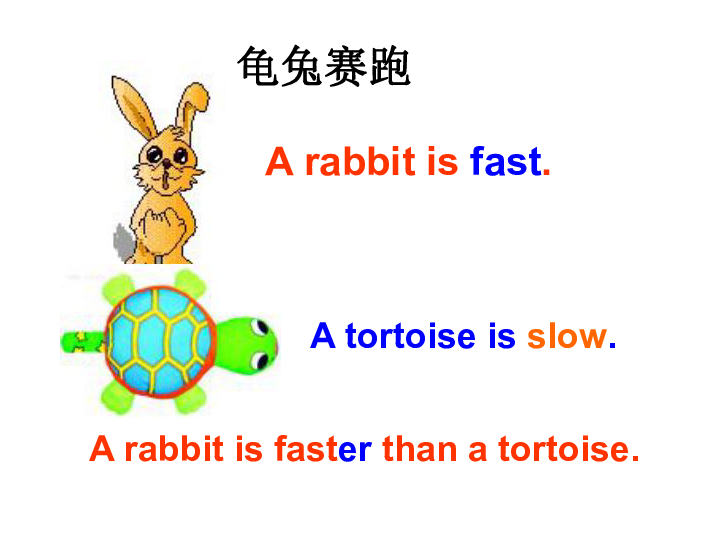A Comprehensive Guide on How to Calculate Payment on a Loan: Tips and Tools for Borrowers
Guide or Summary:PrincipalInterest RateLoan TermLoan Payment Formula#### IntroductionWhen it comes to borrowing money, understanding the intricacies of loan……
Guide or Summary:
#### Introduction
When it comes to borrowing money, understanding the intricacies of loan payments is crucial. Knowing **how to calculate payment on a loan** can save you money and help you manage your finances effectively. In this guide, we will delve into the key components of loan calculations, explore various methods, and provide you with tools to make the process easier.
#### What is Loan Payment Calculation?
Calculating a loan payment involves determining the amount you need to pay back each month to settle a loan within a specified term. This calculation is essential for borrowers to understand their financial obligations and to budget accordingly.
#### Key Components of Loan Payment Calculation
To accurately calculate your loan payment, you need to consider several key components:
Principal
The principal is the initial amount of money borrowed. It is the foundation upon which interest is calculated. Understanding your principal amount is the first step in calculating your monthly payment.
Interest Rate
The interest rate is the cost of borrowing money, expressed as a percentage of the principal. This rate can be fixed or variable, and it significantly impacts your monthly payment. A lower interest rate means lower payments, while a higher rate increases the amount you owe each month.
Loan Term
The loan term refers to the length of time you have to repay the loan, usually expressed in months or years. Common loan terms range from 1 to 30 years. A longer loan term typically results in smaller monthly payments but increases the total interest paid over the life of the loan.
#### How to Calculate Payment on a Loan

There are different methods to calculate your loan payment, but one of the most common is using the loan payment formula:
Loan Payment Formula
The formula to calculate your monthly loan payment (M) is as follows:
\[ M = P \times \frac{r(1 + r)^n}{(1 + r)^n - 1} \]
Where:
- \( M \) = Monthly payment
- \( P \) = Principal loan amount
- \( r \) = Monthly interest rate (annual rate divided by 12)
- \( n \) = Number of payments (loan term in months)

Using this formula, you can plug in your values to find out your monthly payment.
#### Example Calculation
Let’s say you take out a loan of $10,000 at an annual interest rate of 5% for 5 years.
1. Convert the annual interest rate to a monthly rate:
- 5% annual = 0.05 / 12 = 0.004167 monthly
2. Determine the number of payments:
- 5 years = 5 x 12 = 60 payments
3. Plug these values into the formula:

\[ M = 10000 \times \frac{0.004167(1 + 0.004167)^{60}}{(1 + 0.004167)^{60} - 1} \]
Calculating this gives you a monthly payment of approximately $188.71.
#### Tools for Loan Payment Calculation
In addition to manual calculations, several online calculators can simplify the process. Websites and financial apps allow you to input your loan amount, interest rate, and term to instantly see your monthly payment. These tools can also help you compare different loan offers and understand the impact of different interest rates and terms on your payments.
#### Conclusion
Understanding **how to calculate payment on a loan** is a vital skill for any borrower. By grasping the key components—principal, interest rate, and loan term—you can make informed decisions about your financial future. Whether you choose to calculate payments manually or use online tools, being equipped with this knowledge will empower you to manage your loans effectively and avoid unnecessary debt.